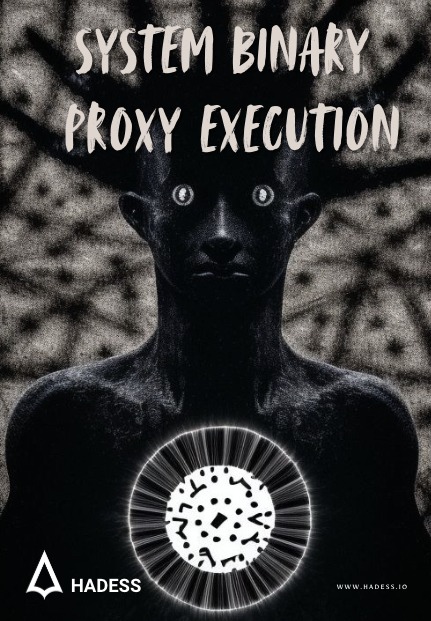
Windows Downdate: Downgrade Attacks Using Windows Updates and Beyond
The “Windows Downdate” vulnerability, identified and demonstrated by researcher Anon Leviev, is a downgrade attack technique that leverages Windows Update mechanisms to reintroduce older, vulnerable versions of system files. By circumventing normal update verification checks, this attack allows malicious actors to downgrade essential system components like the Windows kernel, Hyper-V hypervisor, and other critical drivers,…











